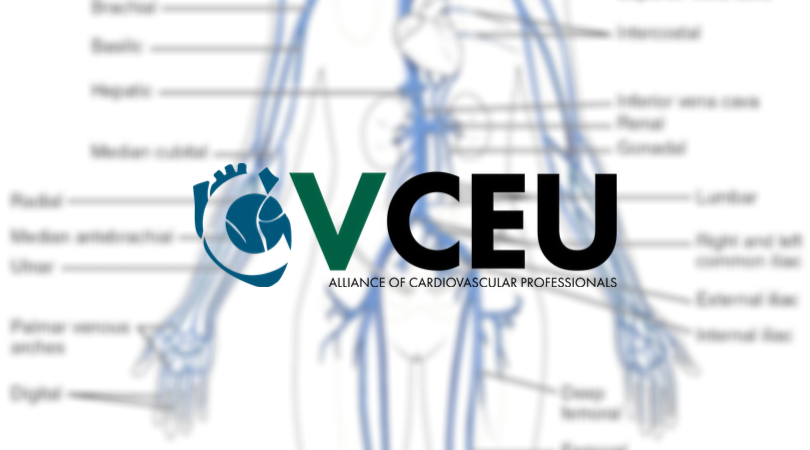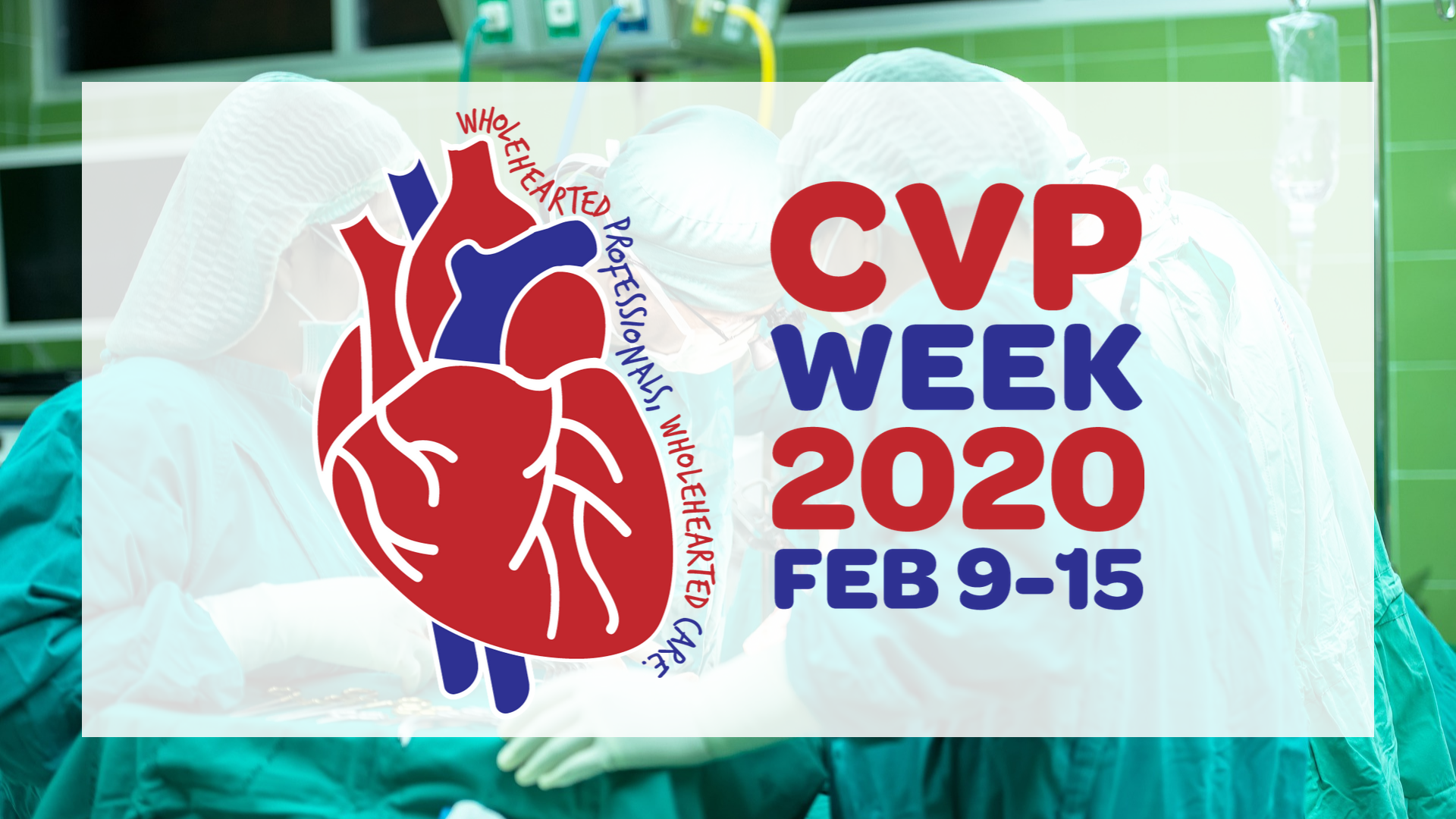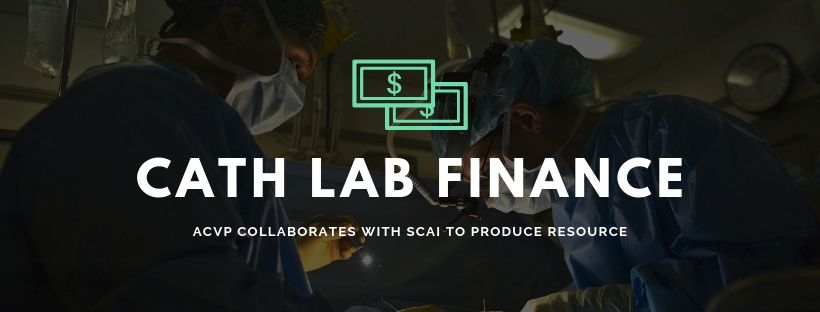Radiation safety has been a hot topic for continuing education in recent years, but will the cath lab of the future feature fluoroscopy at all? This blog takes a look at future technology developments that may drastically reduce radiation exposure for professionals in the cath lab, or eliminate ionizing radiation altogether.
Growing Recognition of Need for Radiation Safety
Widespread recognition of the need for radiation safety has ballooned due to a confluence of factors. On one hand, advancements in what can be done via percutaenous coronary intervention in the cath lab have introduced longer and more involved procedures which increase the risks of radiation exposure for both patients and clinicians.
On the other hand, experts like Dave Fornell of the publication Diagnostic and Interventional Cardiology rightly point out that the impact of long-term radiation exposure in interventional cardiology is only just now coming to light, 30 years after the subspecialty's inception. In 2015, for example, we published a blog series about non-physician professionals in the cath lab reporting more work-related pain due to wearing radiation protective gear.
A proliferation of best practice resources now exist to help clinicians reduce radiation exposure, like the 2018 Expert Consensus Document on Optimal Use of Ionizing Radiation in Cardiovascular Imaging, or the Society for Cardiovascular Angiography & Inteventions (SCAI)'s Quality Improvement Toolkit resource on radiation safety.
Of course, these resources are reflective of the status quo, and not predictive of the cath lab of the future—or even the near future—an environment where new technology may drastically reduce radiation used or eliminate the need for ionizing radiation entirely.
Continue reading Will the Cath Lab of the Future be Radiation-Free?




